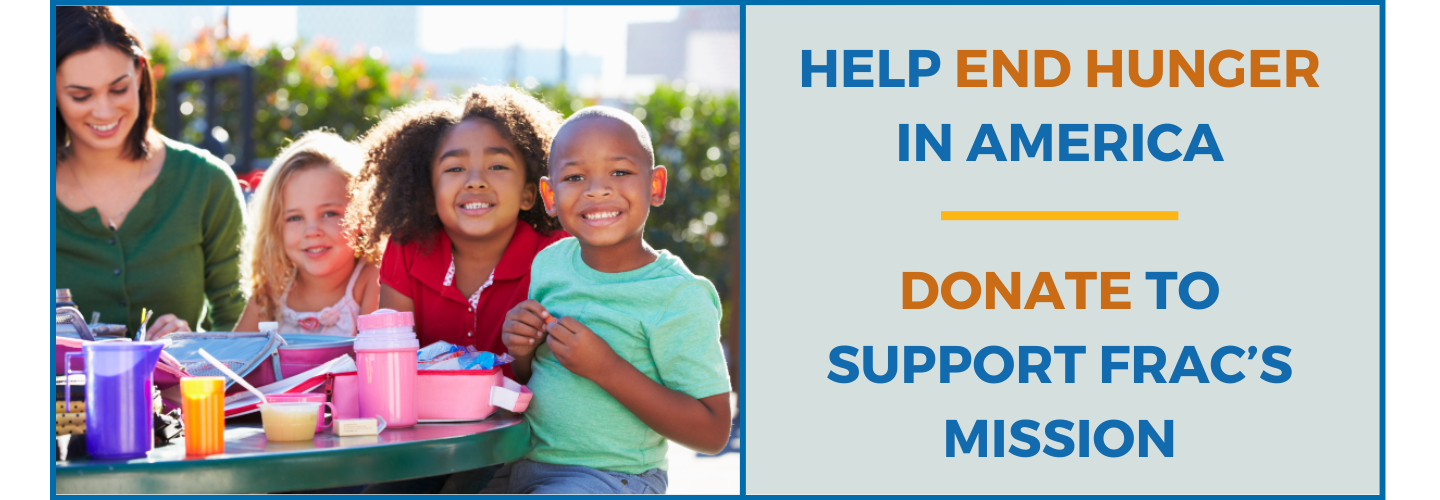Take Action Today
Individuals: Urge Congress to Take the First Step to Repeal Harmful SNAP Cuts in January 30 Continuing Resolution
Use the FRAC Action Network to send a pre-populated email to your Members of Congress urging them to cosponsor and support the Restoring Food Security for American Families and Farmers Act of 2025.
Advocacy Needed to Reinstate USDA’s Food Security Report
Use the FRAC Action Network to urge your Members of Congress to reach out to the U.S. Department of Agriculture and demand it reinstate the Economic Research Service Household Food Security report, the gold standard for measuring hunger in America. Your message matters. Hunger will not end by ignoring it. Congress needs to act now.
Urge Your House Representative to Cosponsor the MODERN WIC Act
Ask your Representative to join the growing list of cosponsors for the More Options to Develop and Enhance Remote Nutrition (MODERN) WIC Act (H.R. 1464).
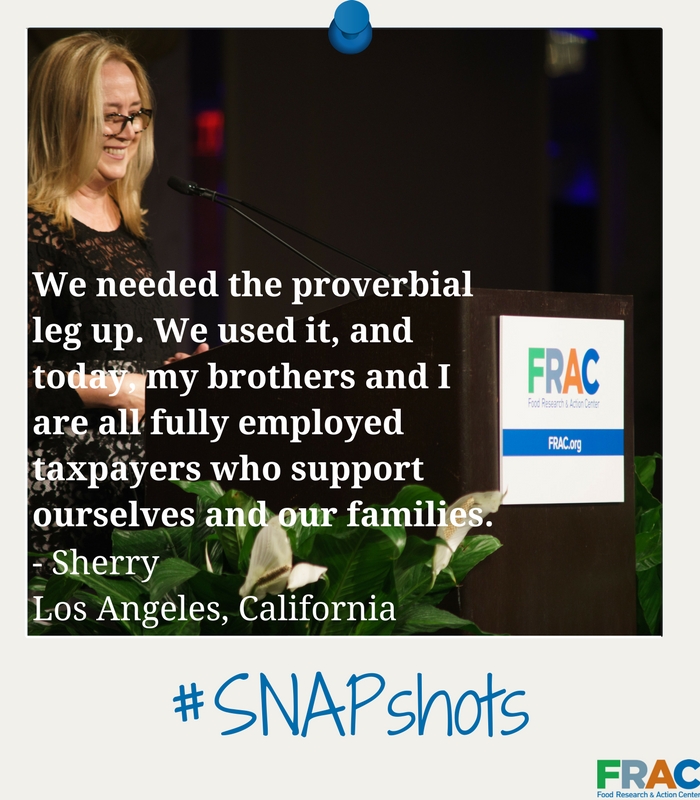
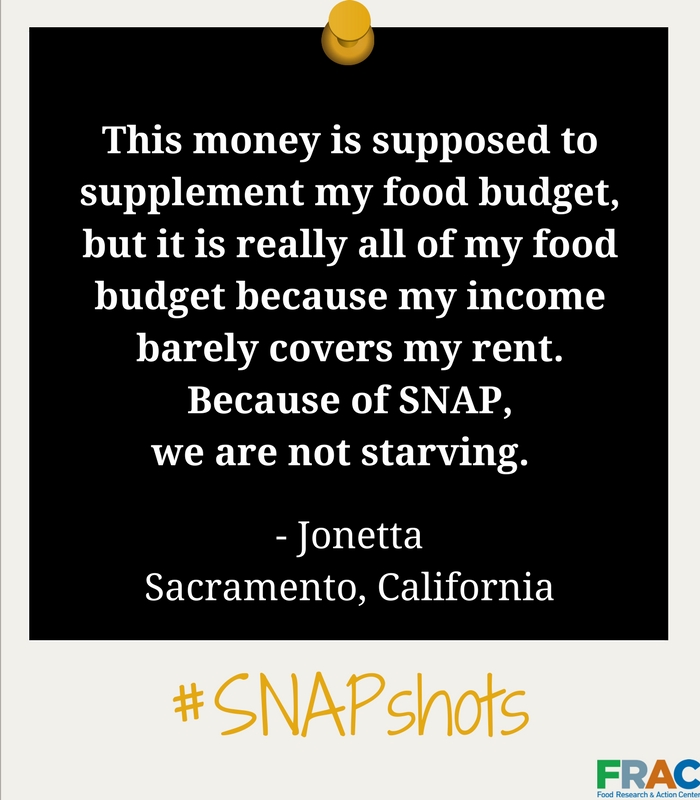
Resources
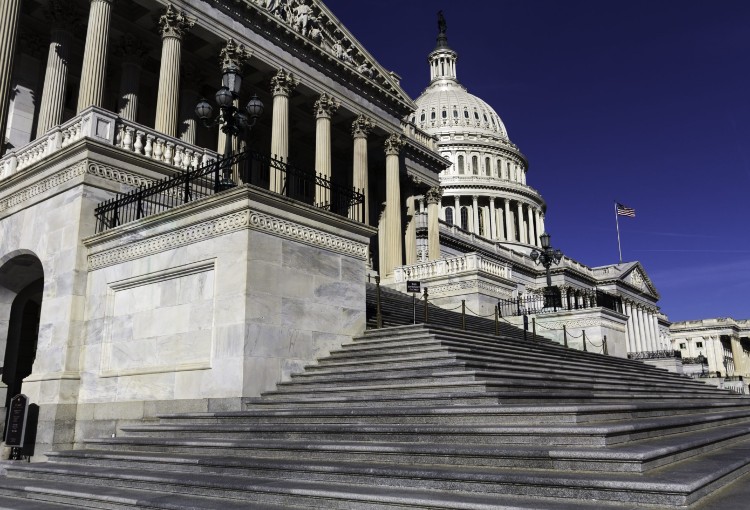
Legislative Action Center
Take Action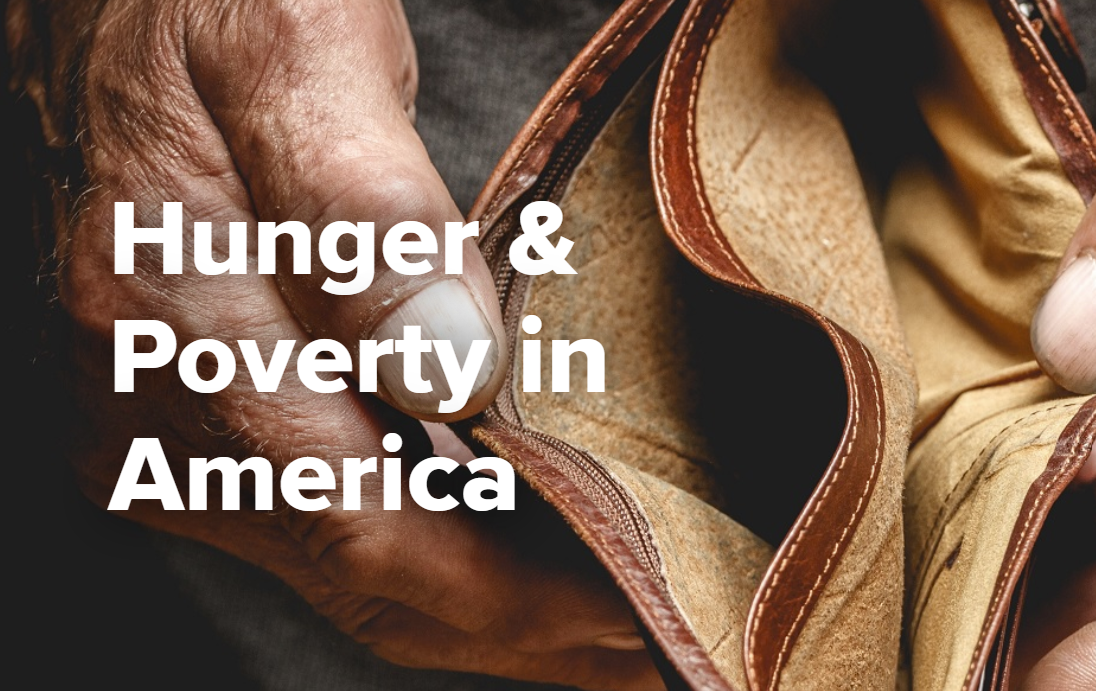
Hunger & Poverty in America
Explore the Data
Summer EBT Resource Center
Learn more
Healthy School Meals for All
Learn More
National SNAP Fact Sheet
Learn More
State-by-State SNAP Fact Sheets
Learn More
State-by-State CEP Fact Sheets by Congressional District
Learn More
News
FRAC Chat
In just days, Iowa is set to implement the most restrictive food purchasing rules in the country for the Supplemental Nutrition Assistance Program (SNAP). Effective January 1, 2026, SNAP participants will only be able to use their benefits to purchase foods and beverages that are not subject to the state sales tax.
This year, I have used the words unprecedented, harmful, chaos, and confusion too many times to count.
The nation is still emerging from the unprecedented disruption of the November government shutdown, during which the Trump administration refused to issue Supplemental Nutrition Assistance Program (SNAP) benefits despite having both statutory authority and sufficient contingency and reserve funds to do so. As a result, millions of Americans, including children, older adults, and people with disabilities, went weeks without the nutrition assistance they rely on to meet basic needs. Multiple courts ruled that U.S. Department of Agriculture (USDA) was required to issue these benefits, yet the administration continued litigating while families experienced hunger, financial distress, and prolonged uncertainty. Public polling found that a large percentage of Americans blame the administration for this failure.
Recent Publications & Data
See More Resources- Report
The Supplemental Nutrition Assistance Program (SNAP) relies on a nationwide network of retailers to ensure eligible households can purchase food each month. Yet, a new effort is being led by the U.S. Department of Agriculture (USDA) and the U.S. Department of Health and Human Services (HHS) to promote state-level food choice restriction waivers, which threatens to disrupt this system. Learn more in FRAC’s research brief.
Download the research brief - Report
More children are getting the nutrition they need from afterschool snacks and suppers offered by the Afterschool Nutrition Programs, according to FRAC’s latest report, Afterschool Suppers: A Snapshot of Participation in October 2024. Read the strategies in the report to learn how even more children can be reached with these programs.
Read the report - Fact Sheet
America’s hunger crisis is deepening. Critical federal nutrition programs that keep hunger at bay are under attack. For more than five decades, FRAC has been at the forefront of protecting, strengthening, and expanding the reach of the federal nutrition programs. Discover FRAC’s impact in 2025.
Learn more - Fact Sheet
The Special Supplemental Nutrition Program for Women, Infants, and Children (WIC) provides pregnant, postpartum, and breastfeeding individuals, infants, and children up to 5 years of age from households with low incomes with nutritious foods, nutrition education and counseling, breastfeeding support, and referrals to health care and social services. Learn more about WIC’s impact in FRAC’s fact sheet.
Read the fact sheet




